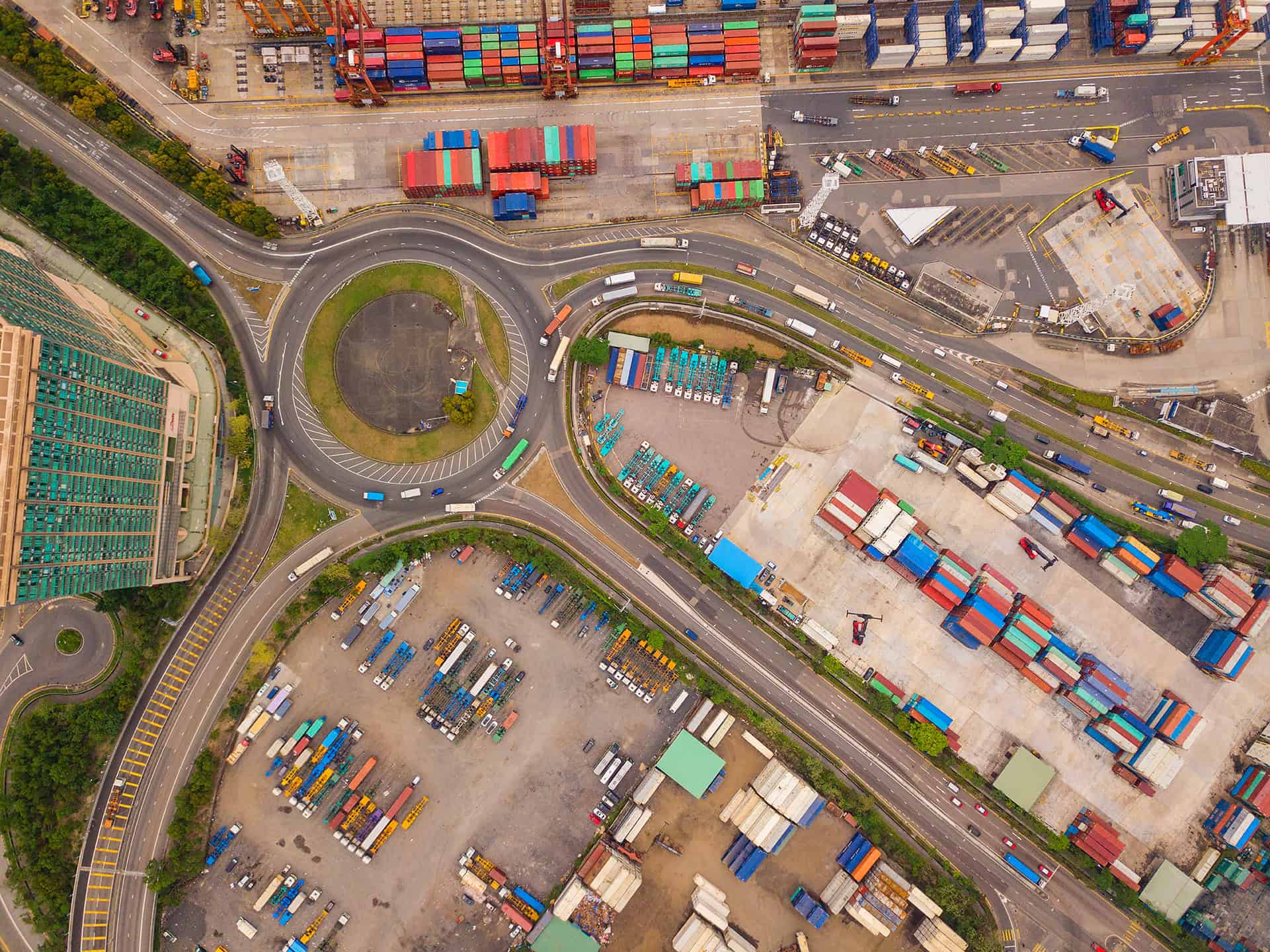
The growing threat of new tariffs, increased tariffs, and other trade barriers makes it more important than ever for supply chain leaders to stay abreast of changing trade regulations. While no one can predict the precise contour of the trade environment in the future, there are things leaders can do today to minimize their trade compliance risks, keep the movement of goods flowing, and contain costs in this new business landscape.
This article outlines four strategies supply chain and trade compliance leaders can use today to prepare their companies for a future of tariff and trade uncertainty.
Interested in a more in-depth look at how to manage trade uncertianty? Read this eBook.
How the trade compliance climate has changed
Over the past decade, the US, EU, China, and other industrialized nations have increased their use of sector- and country-specific tariffs and other trade restrictions. This is nothing new. Trade policy has always been used to further key domestic and foreign policy objectives, whether through free trade agreements or trade restrictions.
While new tariffs grab the headlines, the same countries imposing trade barriers have also signed new free trade pacts that lower tariffs. For example, the EU-Mercosur free trade agreement was signed in early December 2024.
The difference today is that the incoming U.S. administration has articulated a broader vision for using tariffs as the key policy lever to promote domestic manufacturing, generate increased revenue, and pursue other policy objectives. And how other countries are likely to respond fills the headlines. Whether you agree or disagree with the policy, this is a notable change that could have profound implications for global companies.
Four steps you can take to prepare for new tariffs
The bottom line is that executives have good reasons to be concerned about the potential for new tariffs over the coming months and years. Below are four steps companies can take today to prepare. The first two actions require longer-term investments and planning, while the second two represent steps you can take to identify immediate duty cost savings you may be missing out on.
1 – Identify sourcing alternatives to minimize trade risk and tariffs.
Map out your current supplier network and identify potential alternative suppliers in different countries to minimize your trade compliance risks and costs. Having alternative sources for key ingredients, materials, or components can pay significant dividends if new trade disputes arise.
Caveat: Most companies have a clear picture of their tier-one suppliers, but little insight into their sub-tier supply network. Mapping sub-tier suppliers can be a formidable challenge, and adding new suppliers increases the complexity of your sourcing network, potentially increasing your internal management and procurement costs.
Go further: In addition to identifying potential trade and compliance risks, mapping your multi-tier supply network can help improve supply assurance in the face of changing markets. To learn more, read our new ebook: 5 Value Drivers of Multi-tier Supply Network Mapping
2 – Improve scenario planning to compare landed costs.
Ensure you have data and models to analyze sourcing costs in the face of changing tariff rates. Duties are just one part of the landed cost calculation, so be sure your analysis includes other fees, taxes, transportation, and other costs.
Caveat: Many organizations overlook common cost elements, such as taxes, harbor fees, and handling fees because manually gathering and processing this information means extra work. Other companies might not use current, timely data to produce accurate landed costs. As a result, their margins suffer because their pricing decisions are made on production costs, and do not reflect the true cost to produce and deliver goods.
Go further: Higher transportation and other costs from different regions and countries could offset potential duty savings. Learn how automation tools and up-to-date trade content can help you create accurate landed cost calculations in our Solution Brief: Landed Cost Calculation: Effortless Margin Improvement
3 – Optimize your use of free-trade agreements to reduce duty costs.
Identify duty savings opportunities you may not be taking advantage of today and identify potential savings you could achieve by working with new sub-tier suppliers in different locations.
Caveat: Tracking and qualifying for preferential duty rates can be a costly process, whether it is outsourced to a specialist or handled in-house. Companies require formal supplier management programs to collect data and manage the processes.
Go further: Robust global trade automation solutions can help manage this process, including supplier solicitations and responses, qualifying for preferential rates, and assembling and tracking the necessary paperwork. Read the e2open white paper to learn more: Leveraging Trade Agreements to Reduce Global Sourcing Costs
4 – Expand the use of duty drawback programs and foreign trade zones
Take full advantage of duty reduction programs, including foreign trade zones and customs warehousing procedures. These programs are designed to help importers defer or reclaim their duty payments.
Caveat: Many companies miss these opportunities because the programs are challenging to administer manually and outsourcing the responsibility to brokers can quickly outweigh the potential savings.
Go further: Duty management solutions can automate key aspects of duty savings programs, including the identification and recovery of excess duty payments. Learn how automation can reduce the costs and complexity through duty optimization in our Solution Brief: Bonded Warehouse Management
Stay current on the latest trade regulations
The regulatory trade environment is constantly changing, making it nearly impossible for global companies to stay up to date on tariff rates, denied party lists, and other rules and restrictions. One of the best resources for trade compliance updates is e2open’s weekly Global Trade Management Newsletter. The free weekly email includes a summary of regulatory changes compiled by our global team of trade specialists who monitor trade updates from 230 countries and territories. Learn more and sign up here to receive the weekly newsletter.
If you’re ready to upgrade your global trade operations to better navigate volatility, connect with us today or visit e2open.com.




